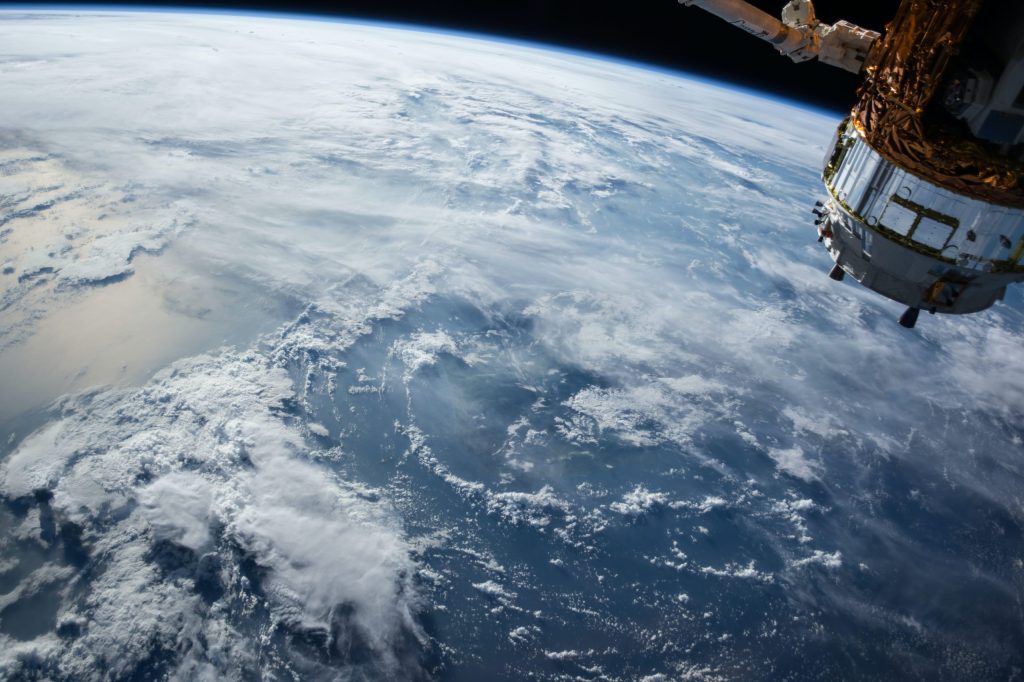
The European Space Agency plans to generate solar energy from space
Josef Asbacher, Director General of the European Space Agency (ESA), said he wants Europe to make a significant investment in Solar power generation from space.
The European Space Agency is betting on the production of solar energy from space
This initiative will allow Europe to increase its energy independence and reduce greenhouse gas emissions, according to the head of the European Space Agency. specify that “It is up to Europe, the European Space Agency and its member states to push the boundaries of technology to solve one of the most pressing problems for Earth’s inhabitants of this generation.”. China also has a similar project: to build the first solar power plant in space by 2025.

Electricity rationing: China asks companies to cut production
It will be up to Europe, ESA and its member states to push the technology envelope to solve one of the most pressing problems for people on earth of this generation. Much will be on the table in # CM22.
– Joseph Aschbacher (@AschbacherJosef) August 16, 2022
Before making such statements, the European Space Agency commissioned studies a few years ago from consulting firms based in the United Kingdom and Germany to assess the costs and benefits of developing “space” solar power generation. The European Space Agency just published these studies this week for Provide technical and tangible information to European policy makers.
Joseph Ashbacher tells European leaders that producing solar energy from space could be key to decarbonizing energy. The Solaris program will be presented to the European Space Agency’s board in November. This board sets the ESA’s priorities and funding. According to the European Space Agency’s plans, the development of a solar energy system Can start in 2025.
Project to meet 30% of demand in Europe
Technically speaking, the concept of producing solar energy from space is very simple. Satellites placed in orbit above the Earth’s atmosphere can collect solar energy and convert it into electricity. This energy It will then be sent to Earth by microwavesIt will be captured by photovoltaic cells or antennas and converted into electricity for individual or industrial use.
There are many advantages to producing solar energy from space. First of all, in space, there is no night or clouds that interfere with the sun. ESA specific that too “sun effect” Much higher than the northern latitudes of the European continent. Europe currently consumes around 3000 TWh of electricity annuallyreports estimate that such a facility in space could meet about 30% of this demand.
Unsurprisingly, such infrastructures must represent a very high cost. In fact, to facilitate the production of solar energy in space, it will be necessary Constellation of dozens of huge satellites Solar light collectors are located 36000 km from Earth. Each of these satellites will weigh ten times or more than the International Space Station, which weighs 450 tons and took more than a decade to assemble in low Earth orbit.

“Organizer. Social media geek. General communicator. Bacon scholar. Proud pop culture trailblazer.”
